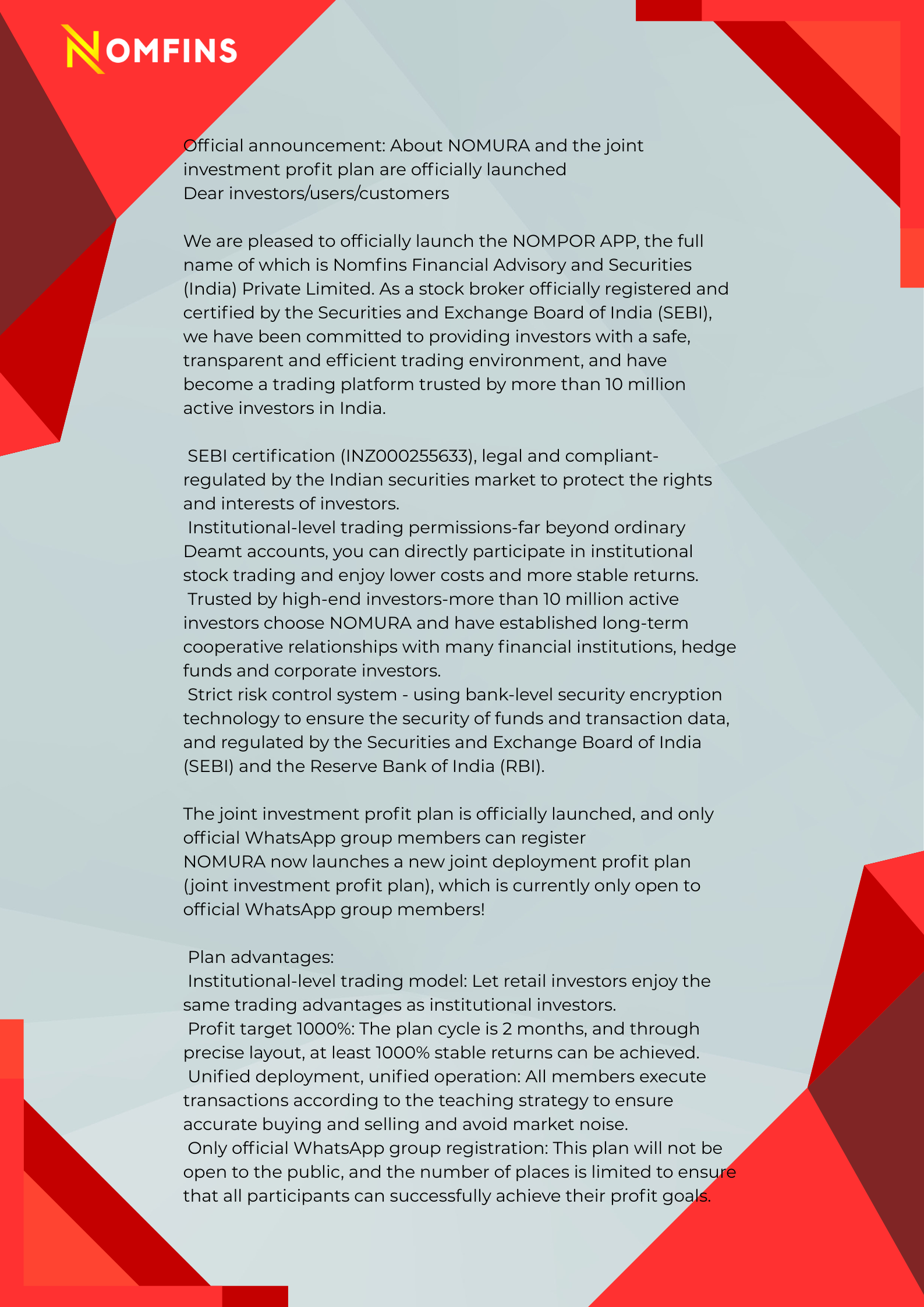The convergence of real-time settlements, interoperable payment systems, and programmable financial tools is driving a global transformation in cross-border payments. These advancements are laying the foundation for a future where financial systems operate continuously, seamlessly, and intelligently.
Toward a Truly 24/7 Financial System
Digital payment innovation is pushing financial systems closer to non-stop availability. Many national governments—especially in Asia—have proactively introduced standardized QR code systems to enable real-time transactions. By making national payment rails interoperable, they are accelerating financial inclusion and efficiency.
Tokenized deposits, for instance, offer commercial banks the flexibility to deploy traditional money in programmable digital formats. These instruments can automate complex payments, enable instantaneous collateral transfers, and remove delays inherent in traditional finance.
Scaling Cross-Border Transactions with Digital Rails
The global volume of cross-border payments is projected to hit US$290 trillion by 2030, up from US$190 trillion in 2023, according to FXC Intelligence. As businesses increasingly operate across borders, frictionless financial movement is critical to keeping up with commercial demand. Yet, international payment interoperability remains inefficient and costly. The Financial Stability Board notes that global remittance fees average around 6.3%, and it often takes several days for payments to clear.
Real-time settlement systems present a solution. According to Grand View Research, global real-time payments are projected to surge to nearly US$200 billion by 2030, up from US$23 billion in 2023. Cloud infrastructure adoption and rising demand from e-commerce are two key drivers behind this growth.
Asia Leads in Real-Time Payment Infrastructure
Countries like India (UPI), Australia (NPP), and Hong Kong (FPS) have rolled out real-time settlement systems that bypass legacy intermediaries. These platforms have revolutionized domestic payments. However, the transformative potential lies in connecting these systems across borders for a unified global payment experience.
In Southeast Asia, fragmented payment systems have created hurdles for global companies. Many international gateways face difficulty integrating with local infrastructure, leading to limited acceptance of international cards among merchants and reliance on cash due to high unbanked populations and low card penetration.
QR Codes: Southeast Asia’s Payment Backbone
In response, QR code payments have emerged as the dominant method for mobile transactions. Over the past decade, governments across Southeast Asia have implemented national QR standards to build regional interoperability. Notable initiatives include:
- Thailand – Thai QR (2017)
- Singapore – SGQR (2018)
- Indonesia – QRIS
- Malaysia – DuitNow
- Philippines – QR PH
- Vietnam – VietQR
These efforts aim to simplify payments for consumers and businesses alike, while also enabling real-time cross-border connectivity.
Tokenization and the Rise of Digital Assets
Tokenizing traditional assets—like stocks, bonds, and currencies—has become a growing trend. Fund managers and fintech firms are leveraging distributed ledger technology (DLT) to create digital representations of real-world assets, enhancing liquidity, traceability, and efficiency.
Meanwhile, central banks—representing over 90% of global GDP—are actively exploring central bank digital currencies (CBDCs). Asia is leading in experimentation, with pilots underway in China, Singapore, Korea, and Hong Kong. Once in place, wholesale CBDCs could make traditional card networks obsolete, enabling direct wallet-to-merchant payments with lower fees and real-time processing. Remittances, too, could be drastically simplified and made more affordable.
Tokenized Deposits: A Digital Twin of Traditional Money
Commercial banks are beginning to experiment with tokenized deposits—a digital version of bank deposits that carries the same value and stability but with added programmability. These instruments can operate 24/7, enabling use cases such as:
- Real-time international and domestic transfers
- Automated settlement and trade operations
- Instant collateral delivery across financial institutions
Artificial intelligence can further enhance these systems by optimizing transaction routing, fraud detection, and liquidity management.
Building Sustainable Payment Ecosystems
Although valuations of fintech firms in the payment space have seen corrections amid market volatility, long-term prospects remain strong. The sector has shifted its focus from aggressive scaling to sustainable business models with clear paths to profitability.
These firms are now engaged in building the infrastructure of future finance—systems that are secure, interoperable, and tailored to the modern digital economy.

